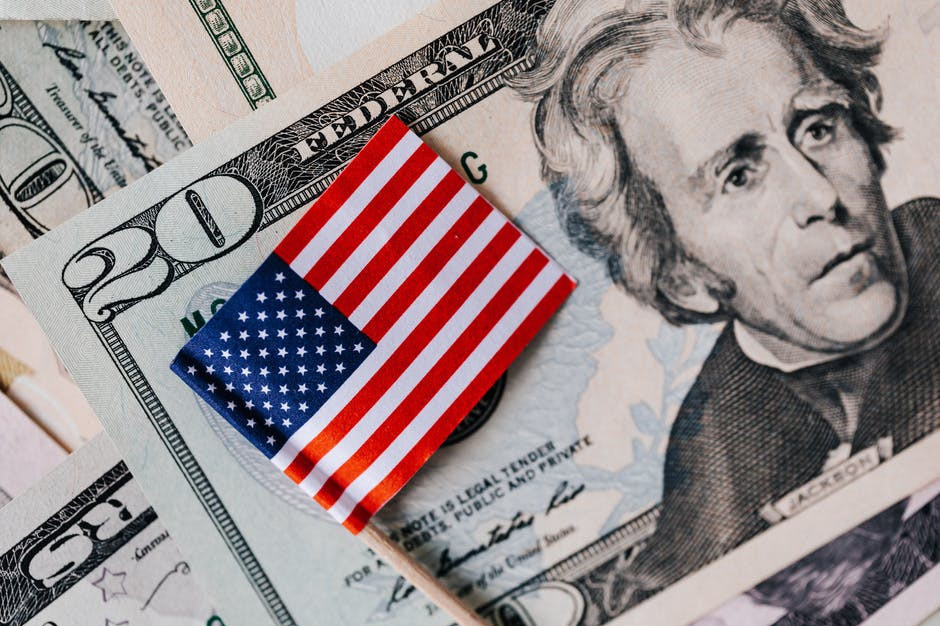How Index Universal Life Insurance Works.
Since when it was first introduced in 1997 as an insurance product by Transamerica, much has been said about Indexed Universal Life Insurance (IUL), but very few people know this product. And the ones who knew this product don’t understand how it works. This product has been the fastest-growing permanent life insurance product in the industry for the past 23 years.
Indexed Universal life insurance is a type of universal life insurance where rather than your cash value growth based on a fixed interest rate, it’s tied to the performance of the index market like Global Index and S&P 500. You can access this cash value at any time during the length of the policy on a tax-deferred and tax-favored basis.
Unlike other insurance products, you won’t lose money when the market has a downturn. It is because there’s a guarantee applied to your principal, insuring it against losses or market downturn. There’s also a cap, which is the maximum rate used to determine how much excess index interest that an Insurance Company will credit your index account.

Asset Accumulation, Protection, And Flexibility.
Let’s look at a more detailed description of Indexed Universal Life Insurance;
1. A form of permanent life insurance policy that is designed to last your entire life, eliminating the uncertainty of not knowing when you will die and whether your family is financially protected at the time of your death.
2. Includes a savings component designed to accumulate assets in a tax-efficient manner, which can be used for retirement supplementation, education funding, wedding expenses, or any other way you want.
3. The term “Index” signifies that the savings component earns interest that is indirectly tied to the performance of a stock index. This potentially allows for a higher rate of return than traditional fixed rates, which allow assets to grow more rapidly and provides a hedge against inflation.
4. The term “Universal” stands for flexibility. You get to determine, within certain guidelines how much premium to pay, how often to pay a premium, to skip premium altogether, how your assets are invested, when to take money out, how death benefits are paid and in some cases, you can even change the amount of insurance coverage.
When this product is structure properly as an accumulation vehicle, you would want to pay the maximum premium possible while keeping the death benefit to a minimum. This is the key to keeping your policy expenses to a minimum and therefore more premium to be available for your equity-indexed universal life insurance to accumulate.
This post contains affiliate links. Please please read my Disclaimer for more information.
Premium And Flexibility Of (IUL).
The difference between IUL and other permanent life insurance policies is the way interest is credited to the policy. In addition to offering a traditionally declared interest rate, IUL also offers the ability to earn interest that is linked to the movement of a selected stock market index over a specific period of time, usually, 1 year but some policies offer 2 and 5 years periods. Even if the index goes down, your credited interest rate will never be negative, and it is guaranteed. So your worst-case return for a year could be 0%. or 0.75% depending on which insurance company.
Flexible premium- You can pay more for one month or less the next. Sometimes when you face money problems, you can even skip a few payments as long as the cash value inside the policy is enough to pay for the cost of insurance (COI).
You can adjust your death benefit to fit with life-changing conditions. The interest on the cash value may also be sensitive to market conditions. That allows insurance companies to adjust the interest rate to give higher or lower rates if necessary.
Death Benefit Protection.
1. Permanent Life Insurance (Up to age 121) – If your goal is to protect your family with the flexibility to adapt as life changes, IUL Protect may be the right choice for you. With Index Universal Life Insurance Policy, you get clarity with simple, guaranteed protection so you can live more today, keep more of the money you earn, and gain the potential to build more cash value that you can use it while you are still alive as living benefits.
2. Living Benefits ( Long-Term Care, Chronic, Critical and Terminal illness).
The second form of protection that IUL provides is a relatively new feature in the industry called Living Benefits. Living Benefits are benefits that you don’t have to die to use. Interestingly, this protection benefits you while you are still living rather than only being a benefit that your beneficiaries receive upon your death.
Specifically, you may have options for chronic, critical, and terminal illness and long-term care which you can receive part of your death benefit tax-free while you are living to help pay for medical bills, time off work, or any other reason. Not all companies offer these benefits and, for those companies that do, there is little uniformity of how the benefits are offered and administered. Generally, these additional benefits are offered by the voluntary option of adding insurance riders to your policy.
Cash Value Account (Savings).
1. Interest – Interest is credited to the policy’s index account value is based on the performance of the index chosen and will never be less than zero percent.
2. Liquidity – when you take a withdrawal from your policy, you will permanently reduce the face amount of your policy. The withdrawal will generally be income-tax-free up to the number of premiums that you have paid into the policy. You may also face surrender charges on the amount that you withdraw.
On the other hand, taking loans can be a huge advantage to accessing your cash value and they don’t even need to be repaid. Loans are also not taxable. Just like taking a home equity loan against your home – those loans are not taxable. Now there are generally 2 types of loans. Standard and variable loans. The most commonly used loan in an IUL is the variable loan.
3.Tax Advantage – The tax advantages of insurance are only good if you have gained and a significant accumulation of money. If you have term life insurance, all these tax-free loans, tax-free withdrawals, and tax-deferred earnings are of no use because the Term policy has no cash value account. For those with Permanent Life, if you have little money in it, it also makes little difference.
4. Creditor Protected – This feature will depend on your state. Many states will not allow creditors to come after the money in a life insurance contract.
Why Are Many People Not Buying This Product?
In reality, many policy owners either don’t understand the advantages of Indexed Universal Life Insurance and they don’t have the money to contribute enough to capitalize on the tax advantages. Also, in the past, traditional policies with low-interest rates did not help to accumulate high cash values, so these advantages were not so beneficial.
With the recent introduction of different saving and investment choices, more people can get better cash accumulation and make great use of these tax advantages. Considering the amount of taxes people pay, people must understand and look for financial vehicles whether, in insurance or investment, that can save their future build-up and retirement supplementary income.
“If you have any feedback about how to index universal life insurance works that you have tried out or any questions about the ones that I have recommended, please leave your comments below!”
NB: The purpose of this website is to provide a general understanding of personal finance, basic financial concepts, and information. It’s not intended to advise on tax, insurance, investment, or any product and service. Since each of us has our own unique situation, you should have all the appropriate information to understand and make the right decision to fit with your needs and your financial goals. I hope that you will succeed in building your financial future.
* Saving Your Future ( www.worldsystembuilder.com).










